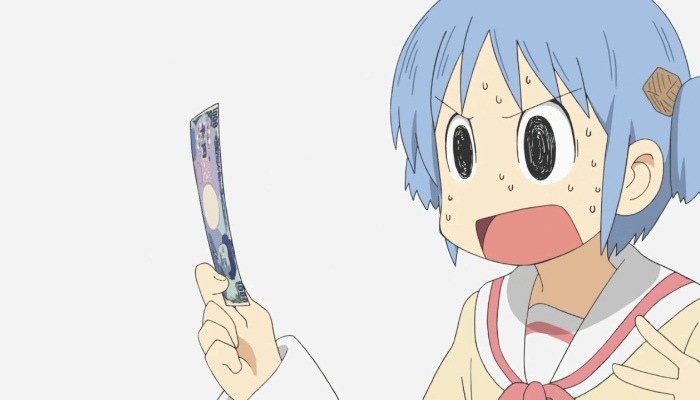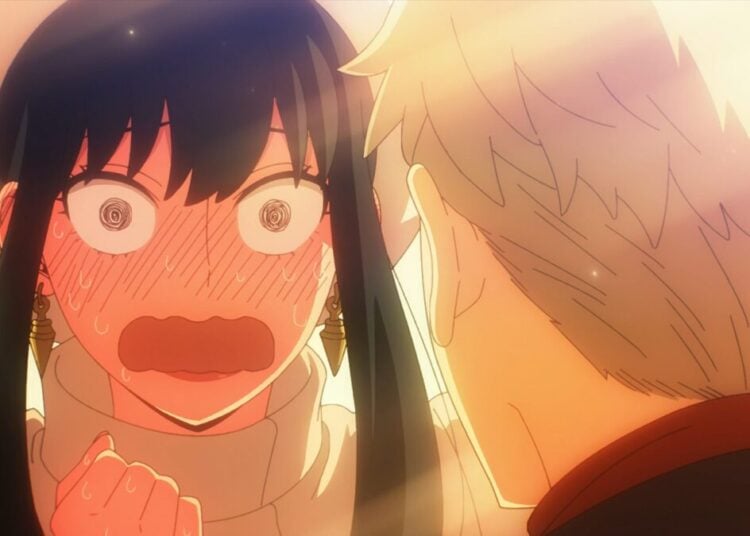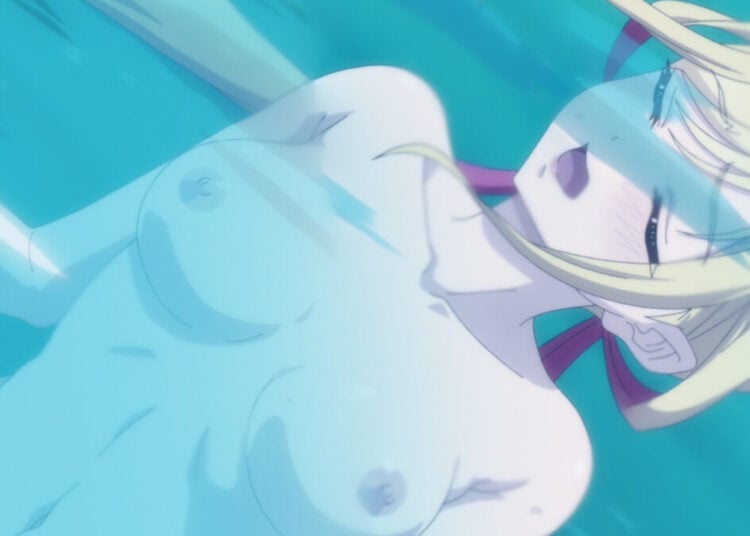Welcome to your guide to otaku shopping in Japan.
Now, I know what you’re thinking! If you live in Japan then this shouldn’t be a concern, right? The truth is, while Tokyo does have Akihabara, not every town or major city has an enormous center catering to otaku shopping. Many cities just have a single Animate shop. If you don’t know where to begin we’ll break down where to shop, how to find what you’re looking for, and debunk common misinformation, topic-by-topic. We’ll be talking about physical stores but will list a few online shops at the very end.
Manga
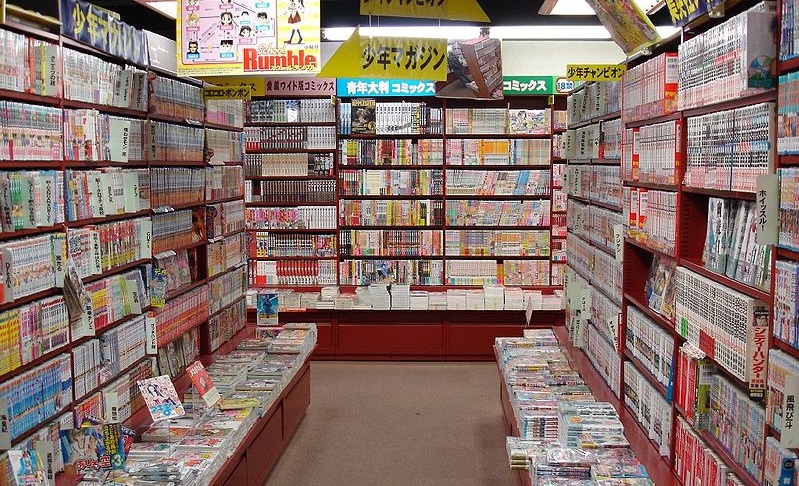
In Japan, manga is arranged by title, but not according to the English alphabet, but according to the hiragana table, from top to bottom, and right to left (this applies to movies and CDs, too). Furthermore, unlike in American stores where every manga is lumped together, Japanese bookstores arrange them by publishers before alphabetizing them. This means you definitely won’t see Boku no Hero Academia (JUMP Comics) on the same shelf as BEASTARS (Akita Publishing).
You’ll notice that sometimes manga sections have different price levels. This is because some bookstores still allow trade-ins for used manga. Next to the brand-new section will be one that can be described as “carefully used.” You’ll find used books at a discount but are still in decent condition. Even at chain bookstores like Tsutaya, you can find off-market doujins and anthologies in this section if you’re lucky. Prices are 30-50% off retail value.
The final section consists of 100 yen shelves. Everything is 100 yen because of shelfware and page discoloration, so, if you don’t mind dusty old copies with folded corners or damaged covers, then you’ll enjoy the huge savings.
If you happen to be close to a metropolitan city such as Sendai, Sapporo, or Nagoya, etc then you can always peek inside the local Kinokuniya. It’s a regular chain book store that (usually, but not always) keeps a small supply of English language books, including manga.
Anime
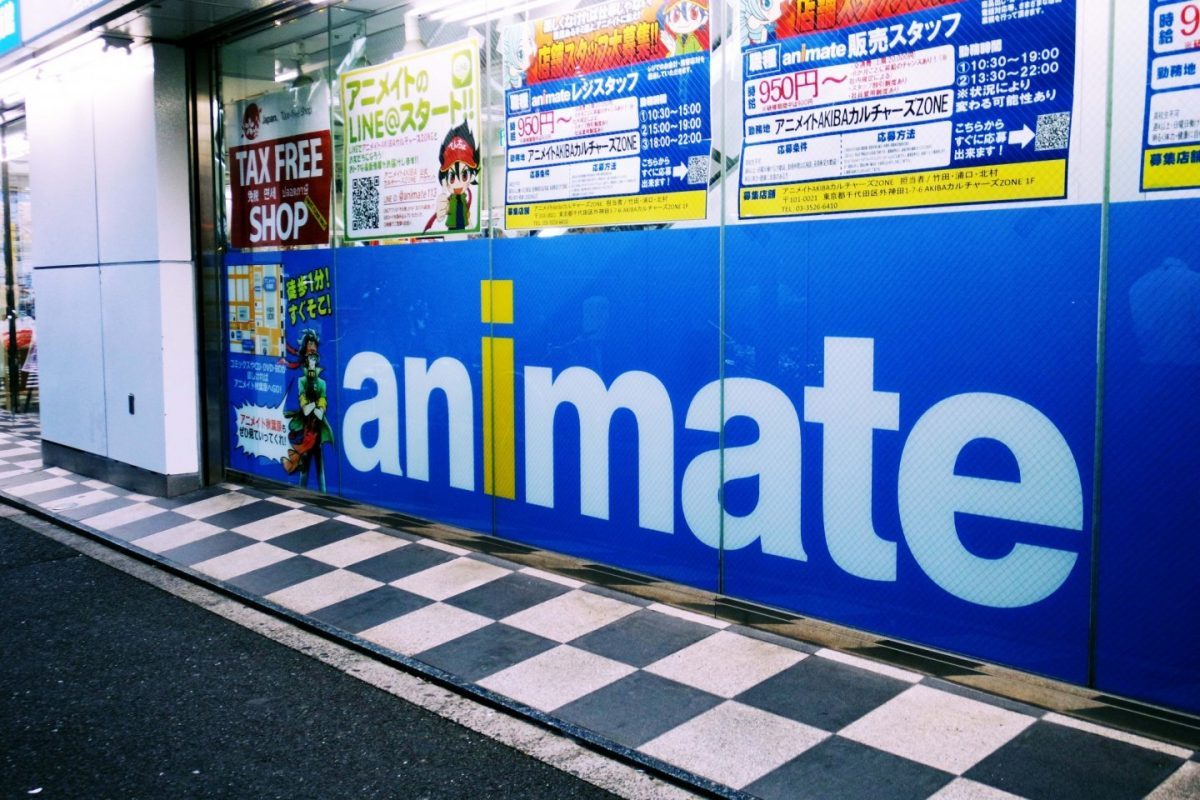
Let’s first dispel a few common myths related to anime otaku shopping:
Japanese discs are cheaper than the localized release.
FALSE! Honestly, I laugh every time someone complains about spending 60 US dollars on an anime season. Japan still follows a volume-based release schedule (even for US TV shows they bring to Japan). Each volume contains three-five episodes on average and each disc costs roughly 70-100 US dollars, brand new. What’s more, after the season is finished it will rarely be repackaged into a discounted boxset. Americans pay $45-60 for a season of Boku no Hero Academia. Japanese people will be paying 54,000 yen (about $500) for all six Blu-ray volumes of season four.
With that said, you can still find anime at discounted prices in second-hand stores such as Book-Off, but the selection can be slim and outdated. If you’ve purchased those subtitled $20-$40 whole-series boxsets on eBay then I can promise you that you’ve just purchased illegal Chinese bootlegs.
Japanese discs have English subtitles.
FALSE! Japan isn’t foreigner-friendly in this regard, as westerners like to believe. It’s more common that volume releases have no subtitles at all. Movies, especially studio Ghibli films, tend to have more language support, but not often. In the two years I’ve lived here I have only seen six TV series released with English subtitles, three of which were released with the English dubbing as part of a special anniversary reissue. Obviously, any Western media will come with the original audio, but don’t expect the same from Japanese productions. Check the language and subtitle info on the back of the case to see what you’re getting:
- English: 英語
- Subtitles: 字幕
- Audio: 音声
- Dubbing: 吹替
Japan’s Netflix and other streaming services have subs/dubs of anything, just like at home.
FALSE…sort of! While streaming services offer English subs or dubs of some series, the selection is limited. It’s common for Netflix Japan to have similar material to that in America or the UK, but only Japanese audio and subtitle (if any subtitles at all). I’d suggest using a VPN to continue accessing your home nation’s Netflix library, or Crunchyroll, as it is blocked in Japan.
Something worth noting is that English isn’t the second most spoken language in Japan, as Chinese speaking foreigners outnumber English speakers. While the government is pushing for better English education in schools, odds are if entertainment outlets suddenly decided to push for more language support it would probably be in Mandarin Chinese. Most anime ends up being translated into English by third-party distributors such as Crunchyroll, Netflix, or FUNimation.
Video Games
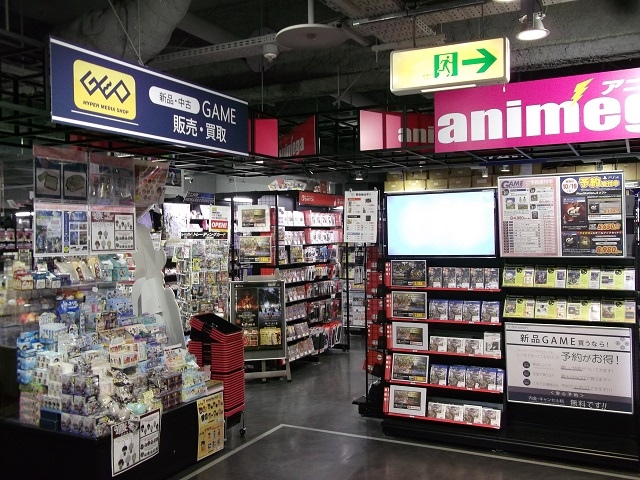
Generally speaking, games are not hard to find but are hard to get at a fair price. When I first moved here, Persona 5 was about 18 months old, yet the standard edition was still being sold, brand-new, for 8,000 yen(about 75 US dollars) in some stores. This is an extreme example, of course, but the point is that if you’re not careful about where you buy then you’ll end up paying far more money then you have to, and most likely for games that don’t offer English support.
How can you tell if the game has language support? Well, if it’s made by a western company then odds are the answer will be yes. Unfortunately, there is no way to tell just by looking at the game box. For the Nintendo Switch, you can check the My Nintendo Japanese online store. While the website is in Japanese, going to the digital code page of any game will display language support information, as shown below. Usually, if the digital version offers language support then so will the physical release.
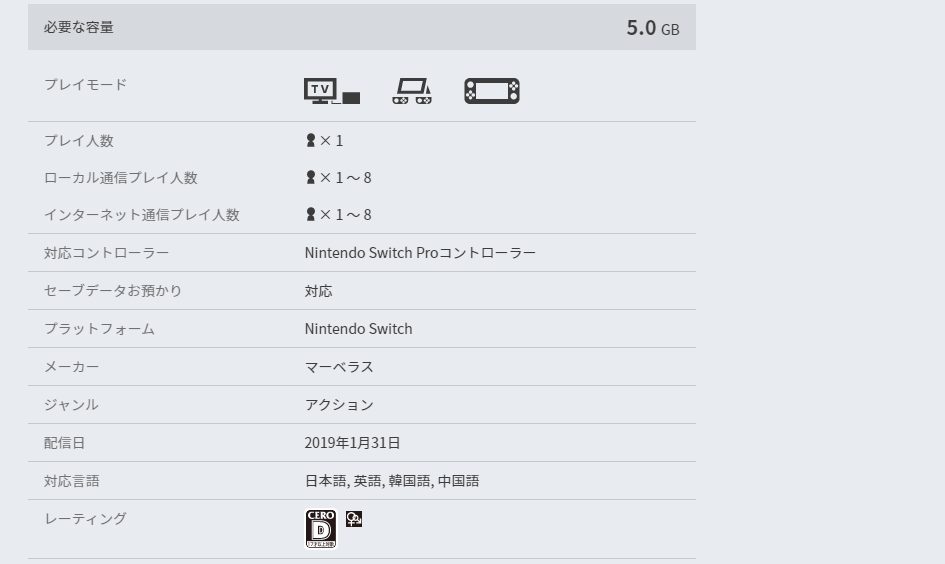
For PlayStation games, Play-Asia usually has such information listened on their product pages, and if the Japanese release doesn’t offer language support, then they also specialize in importing North American and European copies of games to Japan.
Another resource is Gaijin Gamer’s archive list, where forum members share purchasing experiences.
If all else fails, know that I’ve never had a negative experience explaining the issue to a store clerk at a used game store, handing them my Switch, and asking if they’d please check to see if whatever game I’m wanting to purchase will play in English.
Figurines
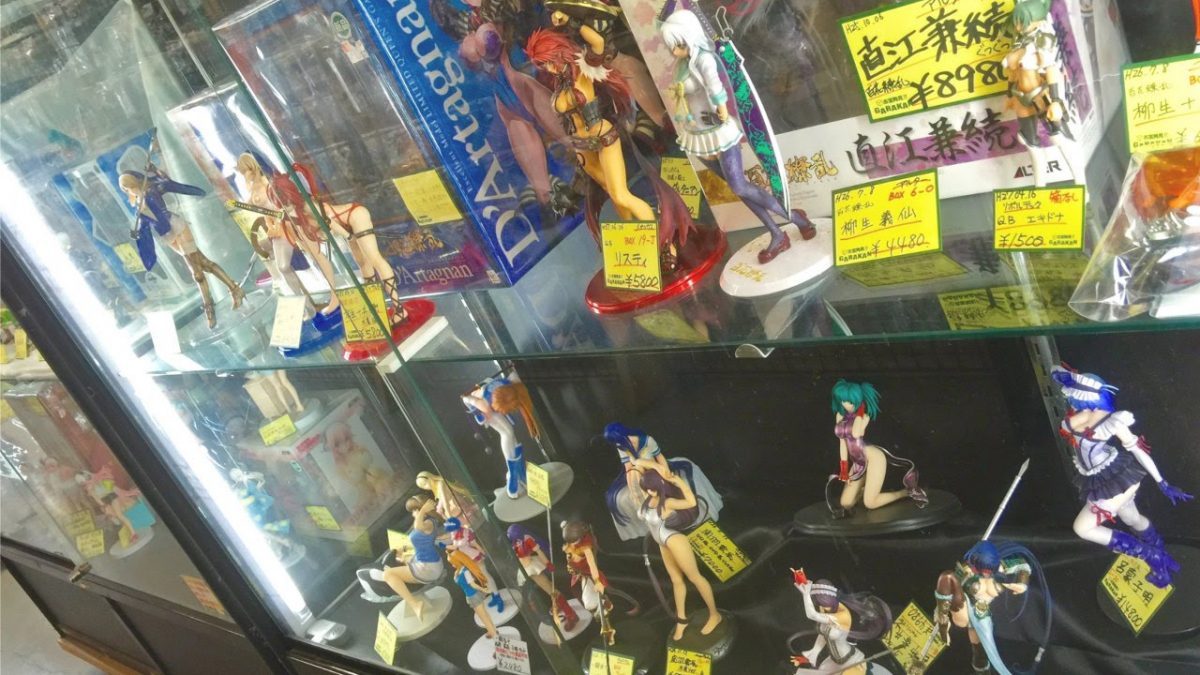
Figurines are some of the easiest collectibles to obtain. Sure, there is a wide array of expensive 20,000+ yen figurines, but there are plenty of decent 2000 yen models, even ones that are 1/6 size in extravagant outfits and dynamic poses. One Piece, Fate, Gundam, Hatsune Miku, Dragonball, Jojo’s Bizarre Adventure, and Boku no Hero Academia are currently the easiest to get.
Collecting figurines is popular across the whole country, so, if a store sells second-hand anime and manga then odds are that figurines are right around the next display shelf.
Cosplay
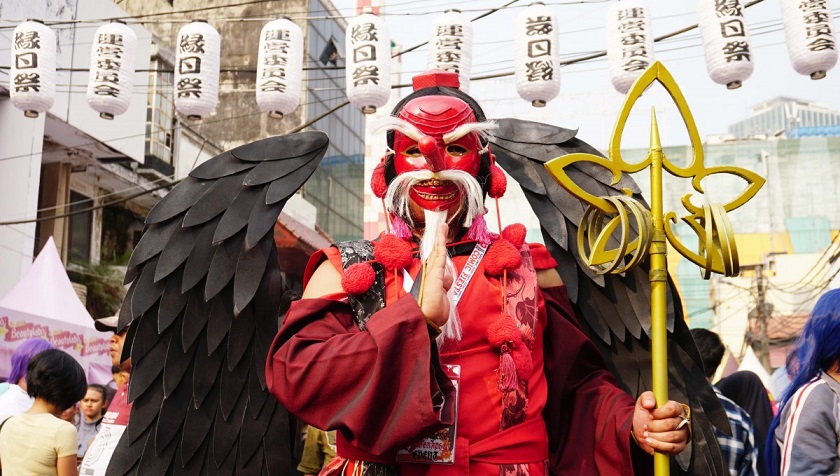
Several online cosplay shops will ship their pre-made outfits to Japan, just like they do to the west. If you’re wondering where to buy them in Japan then sadly I have only seen two official stores, and they are usually only in major cities. Animate and Gee Store are both chain establishments with premade cosplays and pre-styled wigs of whatever is trendy at the time. The quality is usually good, but you pay for what you get, with some sets costing well over 20,000 yen for the outfit, and 10,000 yen for a pre-styled wig. Non-styled wigs are available, arranged by length and color, and are much cheaper. Makeup, body shapers, and anything else one could need is also available.
These same shops also sell plenty of apparel from t-shirts to hats, socks, underwear, buttons, and stationery supplies.
Where to Buy
To keep it short: Book-Off. It’s the largest chain establishment in the whole country, in just about any major city and heavy populated suburban areas. They sell virtually everything, usually second-hand. So there is little chance of them having that limited issue 20th anniversary $400 figurine from that one anime you like so much. Even if they don’t have what you’re hunting for, there are plenty of great deals to check out.
Other locations include:
- Animate: All otaku goods
- Amazon JP: All otaku goods
- Rakuten Online: All otaku goods
- Aniplex+ Online: Anime, music, art books, misc. merch
- Gee Store: Anime and cosplay
- Kinokuniya: English manga, novels, travel guides, and study material
- Tsutaya: Manga, anime, games, and rentals
- Geo: Video games, anime, music, trading cards, and rentals
- Seagal: Video games, models, trading cards, and figurines
- Tower Records: Music and anime
- Yamada: Music, anime, and video games
Happy otaku shopping!
